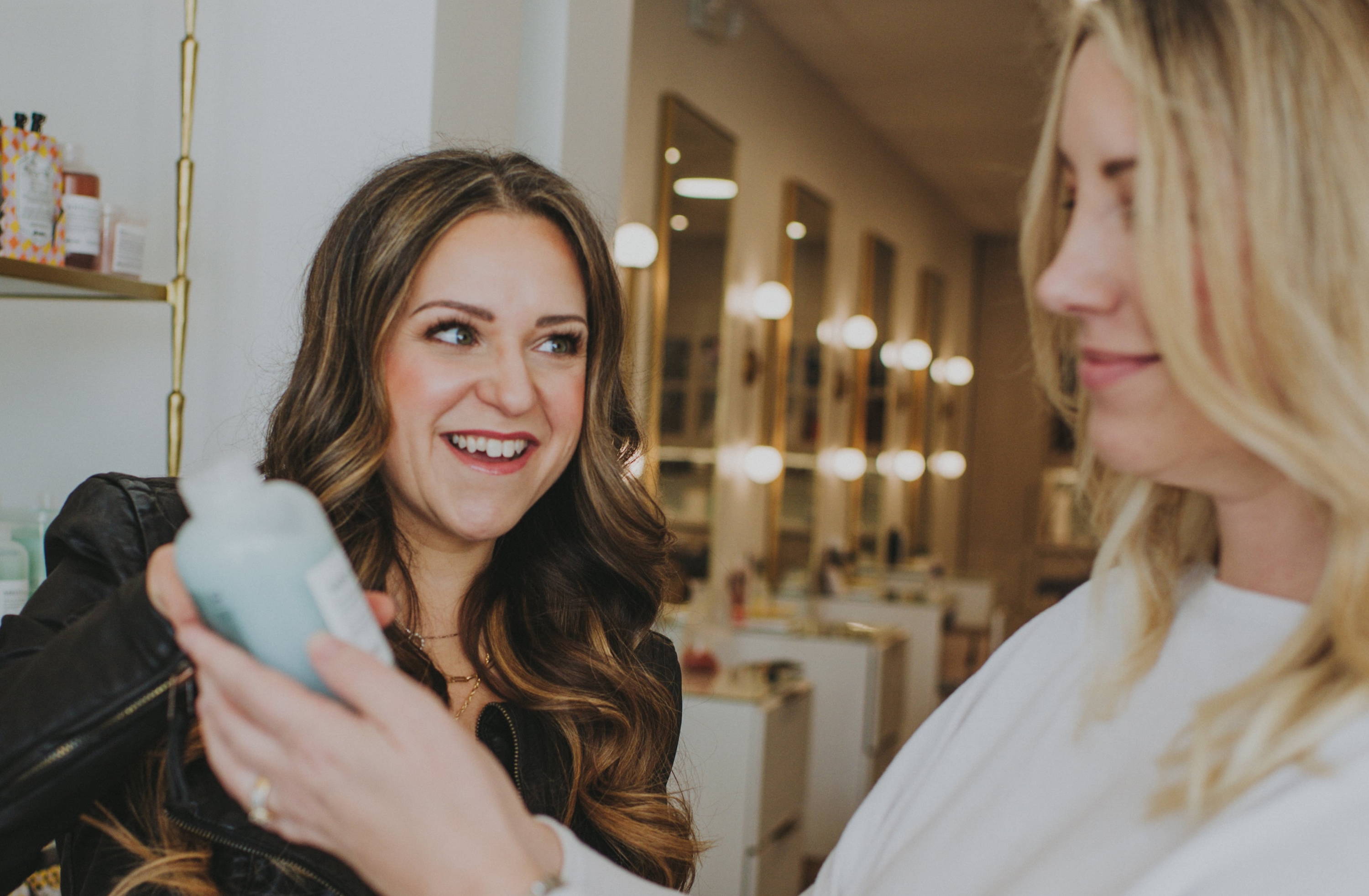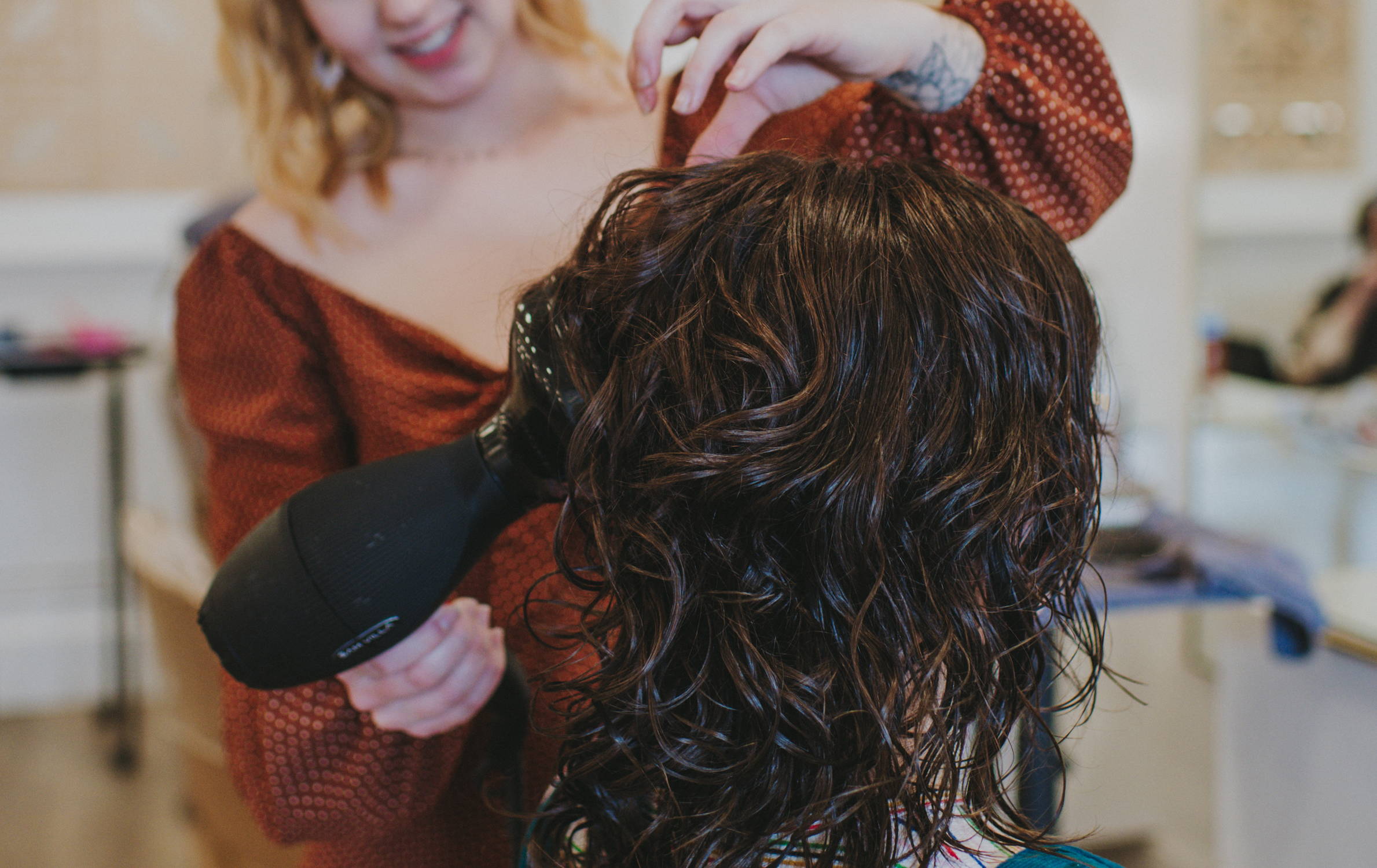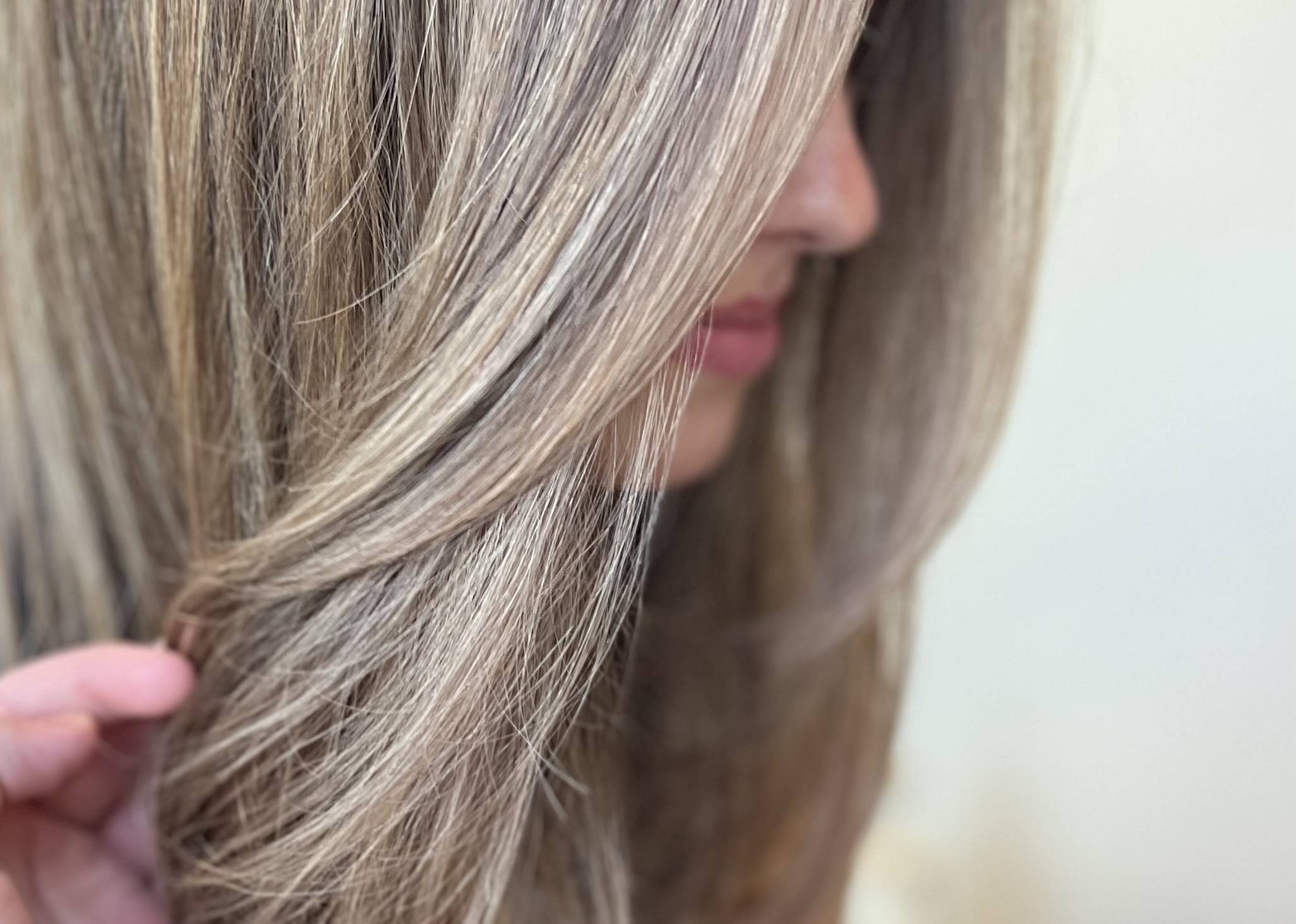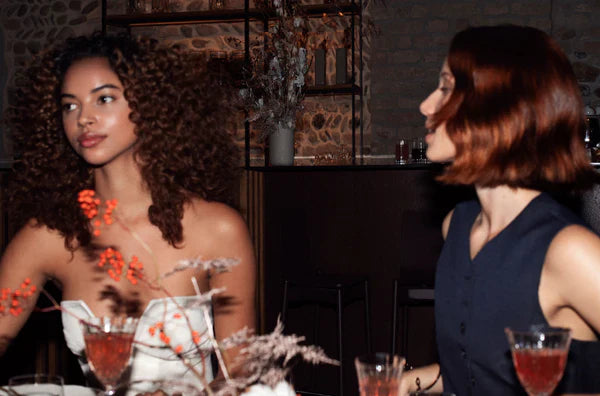Pay with Klarna
Free Carbon Neutral Shipping On Orders $75+, Plus Free Samples!
Pay with Klarna
Free Carbon Neutral Shipping On Orders $75+, Plus Free Samples!
If we asked you what your real hair color is, would you know? If you’re like us, your “real” hair color hasn’t been real for… let’s just say, some time. Whether you dye it, bleach it, highlight it or engage in any number of color treatments, your natural hair color can be a loaded answer. But it’s important to know — especially if you color treat your hair.
That’s where “hair levels” come in. In the context of hairdressing, hair level is a universal system (yep, all hair dressers use the same one) to standardize hair color charts. Basically, it’s made up of 10 numbers that categorize how light or dark your hair is — 1 being the darkest black and 10 the lightest blonde.
When you head to the salon for a little (or big) color change, the shade you select will depend on your hair’s current “hair level,” and where you want to go. But what is your current level, you might be asking. To find out, gently take a section of hair from the crown of your head and hold it out, away from the rest. Compare it to a level chart (you can find one here), and voila.
Since your hair level—and even your hair type—is important when determining what color you may want to be in the future, let’s dig into the details.

photo via @modernmusebeautyatx
Like hair level, hair can also vary widely in terms of texture, thickness and curl pattern. These variations are called "hair types," and knowing yours helps with everything from product selection to cutting and styling techniques. You can then find a stylist who is experienced with your particular hair type, and that’s where the magic happens. Here’s the breakdown:
You fall into this category if your hair type is naturally smooth and straight, with little to no wave or curl. What’s that saying? We always want what we don’t have. Odds are, if you are a straight-haired gal, you’ve likely longed for curly locks, but the same can be said for everyone, so best to appreciate what you have and figure out how to amplify those natural assets.
This hair type falls somewhere between straight and curly, with a gentle wave that can vary in intensity. Those beautiful, beach waves? That’s this type. Luckily, even if we don’t have it, we can achieve it through styling.
You’re a curly girl if your hair type ranges from loose waves to tight spirals. It’s a wide category, and if you fall within it, you likely already know the importance of learning how best to manage it.

photo via @modernmusebeautyatx
If you’ve ever referred to your hair type as kinky, crazy curly or generally unruly at times, odds are you have coiled curls. Again, fret not because help is available — aka the proper hair products.
Like we said, there are generally 10 hair color levels that range from darkest to lightest — the higher the number, the lighter the shade. Understanding where you fall can help you choose the right hair color and achieve the desired result from your hair stylist.
This is number 1 on the chart. It’s the darkest hair color level, also known as jet black.
Sometimes referred to as “soft black,” this level is a very dark brown color.
Slightly lighter than the darkest brown is number 3. Again, if you don’t know — hold up your hair and find out where you fall. Or, ask your stylist to do it for you.
This level is more of a warm brown, slightly lighter than dark brown.
More of a natural brown color, light brown is the lightest of the brown shades before getting into blonde territory.
If you are a warm, golden-blonde, your hair color level is likely dark blonde.
This level is a neutral or slightly cool blonde color. Knowing whether your tone is warm or cool is extremely helpful when choosing future shades you may want to try out.
This is a pale, cool blonde color that is several shades lighter than medium blonde. Possibly even a pale yellow, some might say.
This level is a very pale, cool blonde—the last level before you reach platinum.
This is the lightest blonde color, with almost no pigment. Often referred to as “platinum” or “white blonde,” this is a 10 on the hair level scale. To achieve it takes an experienced colorist and a well-planned bleaching strategy.

photo via @stoxandco
Another hot topic in understanding the needs of your hair and what works best for your hair type is hair porosity. In a nutshell, porosity is pretty much what it sounds like — it refers to the hair’s ability to absorb and retain moisture.
There are three different types: high, medium and low, and again, understanding your hair's porosity can help you choose the right hair care products and treatments to keep your hair healthy, hydrated and looking its best. Different porosity types take color differently — porous hair sucks up color more, for example — so especially if changing your shade is something you want to try, porosity knowledge is important.
To find out where you fall, take a few strands of your hair and drop them into a glass of water. After a few minutes, if the strands float, you likely have low hair porosity. If they sink, it’s probably due to high hair porosity.
Hair with high porosity has cuticles that are more open, allowing moisture to easily enter and exit the hair shaft. This means your hair can easily absorb moisture, but on the flipside, it has trouble holding onto it. High hair porosity can also develop over time due to damage from heat styling tools and over processing your hair.
Hair with medium porosity has cuticles that are partially open, allowing moisture to enter and exit the hair shaft at a moderate rate.
Hair with low porosity (hair cuticles that are tightly closed) is water-resistant, making it more difficult to absorb moisture. If this is you, you may have found yourself in the shower applying more and more product in the hopes to help it look and feel more hydrated. However, this can create buildup. Remember, this type of hair is water-resistant so applying more product is not the solve. The solve is finding the right product to apply. Hair masks, for example, can be a huge help if you have low porosity hair.
Last, but certainly not least, hair texture refers to the diameter, or thickness, of individual hair strands. Your texture greatly impacts how your hair looks and behaves, as well as the types of hair care products and styling techniques that work best for your hair. But it’s important to note, hair texture can vary throughout the head. So even if your hair feels coarse in some areas, other areas of your head might have medium or fine hair.
Fine hair has a small diameter and is the thinnest hair texture, which can also make it difficult to manage. With the proper care and products — namely, volumizing products specifically formulated for fine or frizz-prone hair — you can find the optimal health and volume for your fine head of hair.
This hair texture is the most common texture out there. “Medium” means the hair has a moderate diameter.
Coarse hair has a large diameter and is the thickest hair texture. A thick, voluminous head of hair is what we all wish for, right? But the reality is, this texture can be one of the most difficult to manage. Thankfully, there are specific cuts and styles that are best suited for each texture, including this one.
No two heads of hair are the same. Knowing the ins and outs of your hair color level, texture, porosity and so on, is the true secret behind beautiful, healthy locks. Similarly, hair color is a science and it takes experienced professionals to perfect everything from the bleaching process to balayage to highlighting/lowlighting and more. So find yourself a salon and stylist who know/s what they’re doing, and do it better than anyone.
by Morgan Hanson, featured contributor
Subscribe
Sign up to hear about product recommendations, styling how-to's, tips & tricks, and more!
Plus, Free Shipping on your first order!
Join our newsletter to enjoy free shipping on your first order.
By submitting this form, you agree to receive the latest news, updates, promotions, and other marketing information from Davines North America, Inc. by email.



Leave a comment
Comments will be approved before showing up.